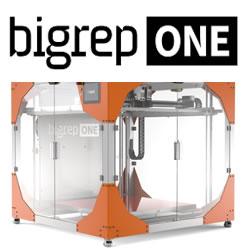New modular AM 'smart factory' from Concept Laser decouples pre-production and production
Selecting Pneumatic Linear Slides for Automated Assembly Equipment
Industry 4.0 - Interview with Red Lion Controls
Comparing Three Different Types of WirelessHART Adapters
Peugeot Teams Up With 3D Printing Startup for Parts and Possibly Full Cars
Intrusion Detection for the IIot: How Do We Detect Threats on the Factory Floor
Industry 4.0: Cloud driving the rise of machines
Safety solutions for intelligent human-robot collaboration
Automatic Lubrication Systems That Stand Up to Corrosive, Caustic Environments
IIoT and Industry 4.0 to Create Growth in Telerobotics in Manufacturing
3D printed designs easily stolen by nearby smartphone
Special News Report for International Manufacturing Technology Show 2016
3D Printers in Schools
GE speeds up 3D printing push with bids for SLM, Arcam
Two Game-Changing Approaches for Manufacturers
Records 2701 to 2715 of 3070
First | Previous | Next | Last
Featured Product

BigRep ONE: Large-Scale 3D Printing
Manufacturing and Automation - Featured Company

